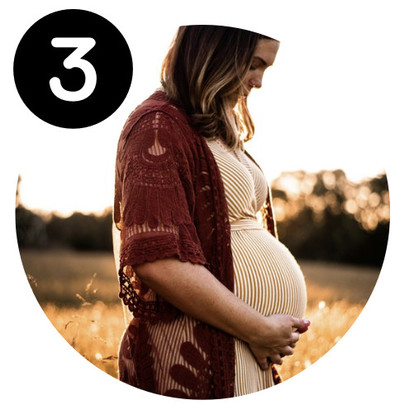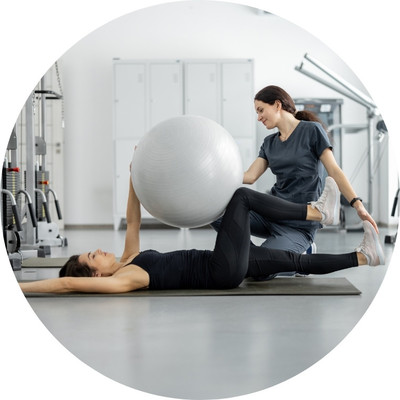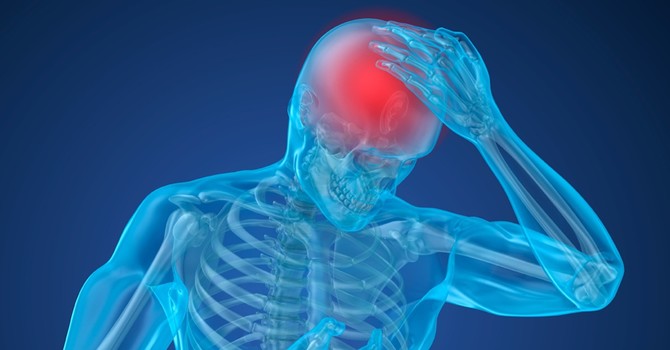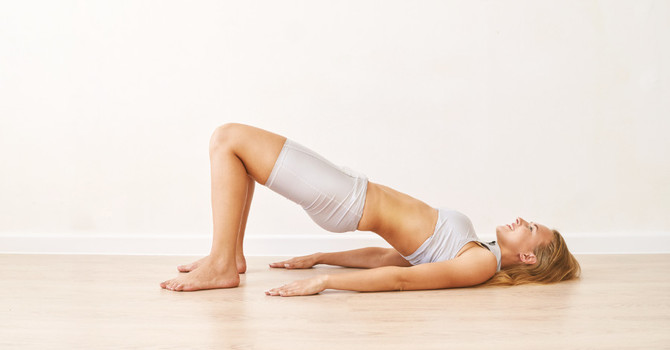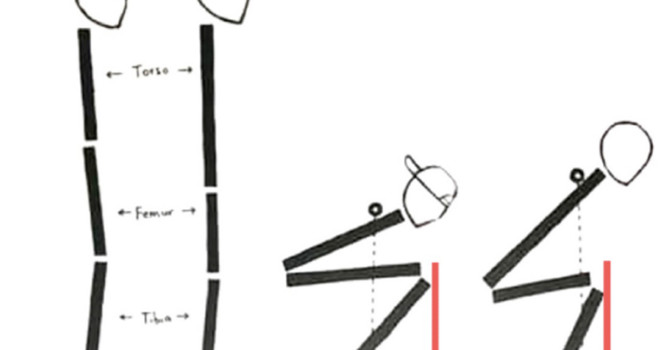Working Together to Achieve Optimal Health for You and Your Family!
In addition to Chiropractic Care, explore all our Health Care Services for Your Wellness Journey
Discover Your Path To Feeling Better
Seeking Prenatal and Pediatric Holistic Health Care?
Discover how we make a difference in your pregnancy, your birth, and your child's life!
At Waterdown Village Chiropractic & Wellness Group, we have carefully assembled a team of dedicated chiropractic doctors, naturopathic doctors and therapists who not only focus on your general health and well-being but are also experienced professionals in perinatal and pediatric care. Whether you're looking to have a pain free pregnancy, optimize your pelvic balance for delivery, or support your child or infant's development, we're here to support your path to wellness.
Meet Our Dedicated Practitioners
A team committed to your pain free holistic wellness journey.
At Waterdown Village Chiropractic & Wellness Group, our diverse team of practitioners is dedicated to enhancing your health and well-being. From our general/perinatal/pediatric chiropractors, physiotherapists, and naturopathic doctors, to our massage therapists, lactation consultants and doulas, each member brings a unique set of skills and a compassionate approach to care. Located in the heart of Waterdown, Ontario, we're here to support your journey to optimal health with personalized, patient-centered treatments.
Supporting Families in Waterdown and Beyond
Waterdown Village Chiropractic & Wellness Group proudly serves our neighbours in Hamilton, Burlington, and the surrounding areas.
Prenatal, Postnatal, and Specialized Coaching Programs Offered

Online Prenatal Labor and Delivery Classes
Hear from Our Happy Clients
Kristi Walker
Taylor van der Deen
Joyce Ayad
Embrace Your Health Journey
Learn More About Your Health and Wellness
Read our latest blog posts


















